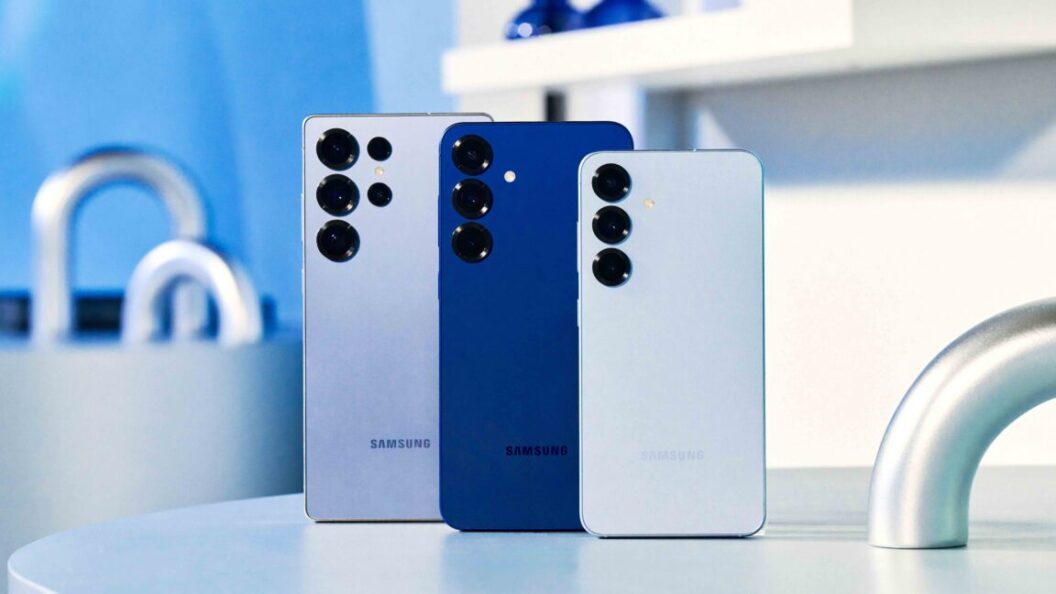New Cybersecurity Threat: Pixnapping Exploits Vulnerabilities in GPU Rendering
A recent study has unveiled a new cybersecurity threat named Pixnapping, which leverages unresolved vulnerabilities in graphics processing units (GPUs) to extract sensitive information from users’ devices. This attack follows the 2023 GPU.zip exploit, which allowed malicious websites to steal user credentials and other sensitive data. The Pixnapping technique similarly targets side channels, exploiting how long it takes for graphical elements to render on screen.
Background: The GPU.zip Attack
The GPU.zip attack raised alarms in the cybersecurity community last year. It exploited unpatched security flaws in GPUs supplied by major manufacturers, allowing an attacker to pilfer usernames, passwords, and other sensitive visual data displayed on a website. While this vulnerability has not been fixed, browsers managed to mitigate the threat by restricting iframe functionality, which was used by GPU.zip to embed malicious content from external sites. Despite these measures, the fundamental security gaps in GPU technology remain unaddressed.
How Pixnapping Works
Pixnapping is a more refined attack that works by harnessing the same GPU vulnerabilities that GPU.zip exploited. By measuring the precise timing for each frame rendered on the screen, a malicious application can effectively screen-scrape information pixel by pixel. Alan Linghao Wang, the lead author of the research paper "Pixnapping: Bringing Pixel Stealing out of the Stone Age," explains that the attack mimics a screenshot-taking behavior, capturing sensitive information that should otherwise be protected.
The Three-Step Process
The Pixnapping attack unfolds in three critical steps:
-
API Invocation: The malicious application calls Android APIs designed to access information from other apps. These API calls can identify which apps are installed, effectively scanning the device for targets.
-
Data Exposure: The attack prompts the targeted app to display specific information. This could be anything from a message thread in a messaging application to a two-factor authentication code for online services.
- Data Extraction: Once the information is sent to the Android rendering pipeline, the malicious app measures the rendering time for each pixel. By interpreting this timing data, it determines whether the displayed pixel is white or another color, enabling it to reconstruct the sensitive information visually.
Implications and Concerns
The discovery of Pixnapping raises significant concerns regarding the security of mobile applications. Many people rely on their smartphones for sensitive transactions, making them prime targets for such sophisticated attacks. As long as these vulnerabilities in GPU technology remain, users face a persistent threat from emerging techniques like Pixnapping.
Experts stress the importance of robust cybersecurity measures, including educating app developers and users about potential risks. The ongoing challenge is to maintain secure environments while advancing technology that increasingly relies on visual data rendering.
Conclusion: A Call for Action in Cybersecurity
The introduction of Pixnapping highlights a critical gap in digital security. Until major manufacturers address the vulnerabilities present in GPU technology, users may remain vulnerable to such attacks. The cybersecurity community must take proactive steps to enhance protections and educate users about best practices.
In a landscape where data privacy is paramount, the ramifications of such vulnerabilities extend beyond individual users, affecting organizations and industries reliant on secure communication. As cybersecurity threats evolve, proactive measures will be essential to safeguard sensitive data against innovative exploits like Pixnapping.









